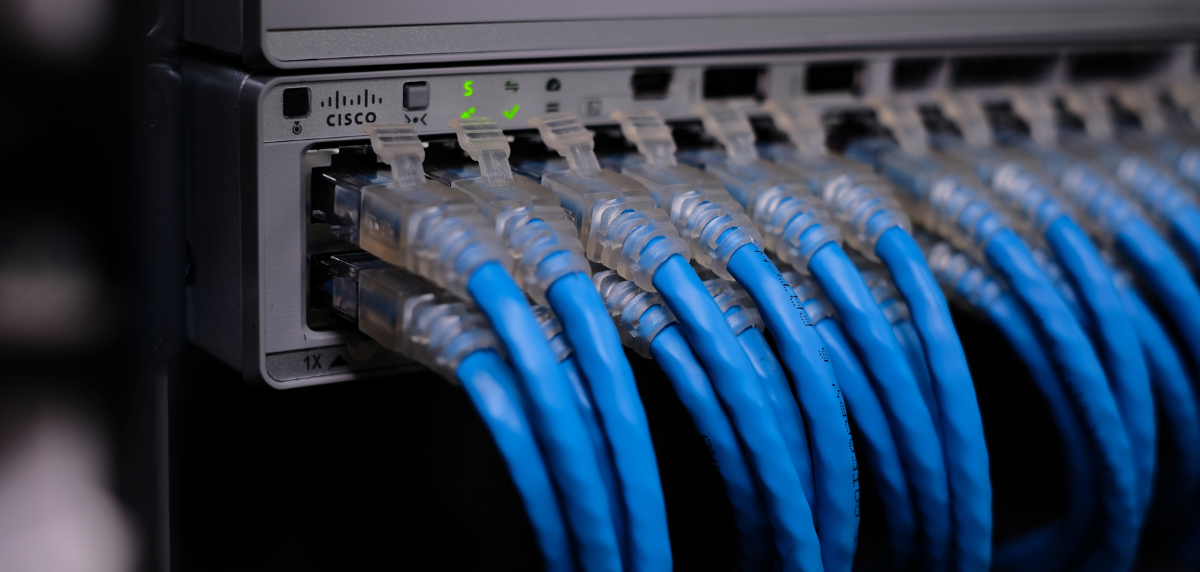1 min read
AI in Networking
What an explosion we’ve seen with Artificial Intelligence (AI)! My initial scope for this article was to explain how AI works for network management...

Among the wide range of modular and fixed-configuration switches Cisco offers, Catalyst and Nexus switches are the most popular. The main difference between them is how much control or flexibility you’re looking for.
Nexus switches are flexible and feature-rich solutions that offer easy integration and usage. Catalyst switches allow better control over throughput traffic.
If you’ve settled on a Nexus device, you may be wondering which one is right for your business needs. In this blog, we’ll discuss the three most popular switches, their capabilities, and which one is right for you, depending on how you want to set them up.
Read more: What Is The Difference Between Cisco Nexus And Catalyst?
The main reason admins look to upgrade switches is because they need a higher port count and more speed. Starting with the 9300 series, let’s dive into their capabilities and how your desired setup may make this the right switch for you.
The Cisco Nexus 9300 Series switches have flexible configurations, functioning as a spine or leaf. Users have even more options when it comes to operating mode: Cisco ACI or NX-OS. There are many models to choose from, depending on the number of ports you need.
Nexus 9300FX Series
One issue users of 9300FX series switches face usually comes with the initial setup. If you’re running ACI, you won’t be able to hook up NX-OS and vice versa. Determining your port count, speed and desired setup is important when looking to purchase the Nexus 9300 models. These are typically used as a leaf switch within the spine and leaf technology.
Cisco 9500 Series switches also operate in either ACI or NX-OS modes. They have high performance and telemetry, meaning they support extensive switch and flow telemetry capabilities that provide real-time visibility into switch and fabric states. The 9500 series model is chosen with future growth in mind and runs in either core or aggregation node or a spine node in spine-leaf fabric.
Nexus 9500 Series
One common issue users face when deploying the Nexus 9500 chassis is blade configuration and internal compatibility of components: Will my supervisor work with the blade I would like to deploy? And which fabric module is best suited to maximize the backplane connection with each card? Picking the wrong components can lead to incompatibility and lackluster performance.
This beast of a switch boasts high capacity, speed, and efficiency. It also reduces total data center power consumption and simplifies maintenance with its midplane-free chassis.
Nexus 9800 Series
Determining the right chassis, 4 or 8 slots and the correct port density will be key for this type of deployment.
With so many options available, deciding the right one for your business can feel overwhelming. It all comes down to how many ports you need and how you want to set it all up.
When you work with a third-party solutions partner like Edgeium, we can walk you through different device options and optimal configurations — do you prefer spine and leaf or something more gooey?
To keep your IT budget in line, consider purchasing your switches and optics from the secondary market. Now that supply chain shortages are starting to ease, Edgeium’s inventory is bigger, and our discounts are getting deeper.
Request a quote today, and we’ll share even more ways to make your IT budget work harder for your business.
Subscribe to our Monthly Newsletter.
✅ Expert IT tips you can actually use
✅ Cost-saving solutions that boost ROI
✅ Straightforward insights — just value
All straight to your inbox.
No spam. No sales pitches. Just better networks.

1 min read
What an explosion we’ve seen with Artificial Intelligence (AI)! My initial scope for this article was to explain how AI works for network management...

Did you know that access points can behave differently depending on how much power they are receiving? The addition of a new device drawing the...

Unfortunately, high hopes won’t get you very far if you’re trying to purchase and install new Cisco before year end. Lead times continue to grow and...